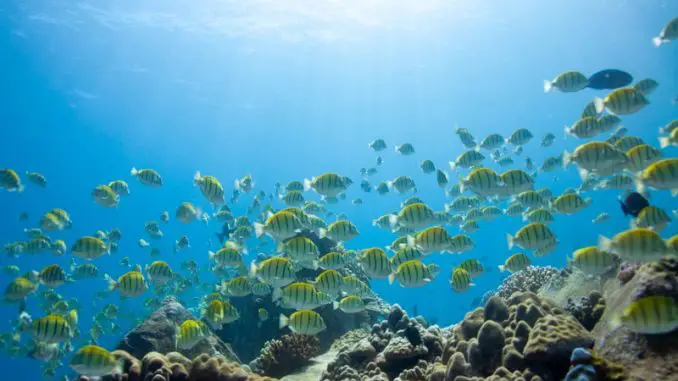
It is easy to understand why saltwater aquariums are popular, they offer lots of colorful fish and the opportunity to start a reef environment.
Whether you want corals or not, a Convict Tang will make an excellent addition to your setup. They stay out of trouble most of the time, only sometimes showing aggression towards similar species.
They are worth the risk of this though, as they are very attractive and active, making your aquarium much more interesting to sit and watch.
If you are considering purchasing some Convict Tangs, this article will help. We will cover everything you need to know, such as their perfect habitat, ideal diet, and suitable tank mates.
Convict Tang Facts & Overview
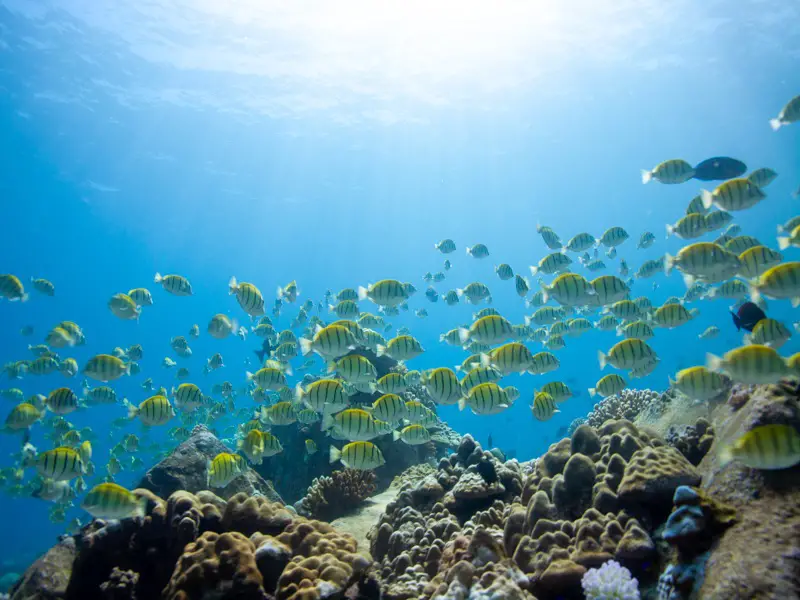
| Category | Rating |
| Care Level: | Intermediate |
| Temperament: | Semi-aggressive |
| Color Form: | Black and white stripes |
| Lifespan: | Up to 30 years |
| Height: | 8 inches |
| Diet: | Omnivore |
| Family: | Acanthuridae |
| Minimum Tank Size: | 75 gallons |
| Tank Set-Up: | Saltwater: fish only or reef environment |
| Compatibility: | Peaceful community |
The Convict Tang (Acanthurus triostegus), or Convict Sturgeonfish, is a saltwater species in the Acanthuridae family.
They are fairly widespread. They can be found in the Indo-Pacific, the Eastern Pacific, Hawaii, the Mediterranean Sea, and the Adriatic Sea. They live on shallow reefs.
Convict Tangs aren’t too difficult to care for, but some experience is useful in case any fighting breaks out or they run into health problems.
A healthy Convict tang can live up to 30 years in captivity, which is a big commitment. They can survive even longer in the wild.
Their price can vary greatly depending on where you are. Expect to find them for $50 or more.
For this price, you need to be sure that the fish is healthy, so check it carefully for signs of disease or injury before buying. If you notice a problem, go to a different retailer.
Typical Behavior
They get their name from their pattern, not their behavior.
This is one of the most peaceful species of tang you can find. They can be slightly aggressive toward other similar species though, so they should only be kept with other peaceful fish.
They will occupy all levels of the tank, mainly driven by the search of algae on surfaces around the tank.
They’re naturally shoaling fish, but this is less common in captivity because it can lead to problems with aggression unless your tank is large enough.
Appearance
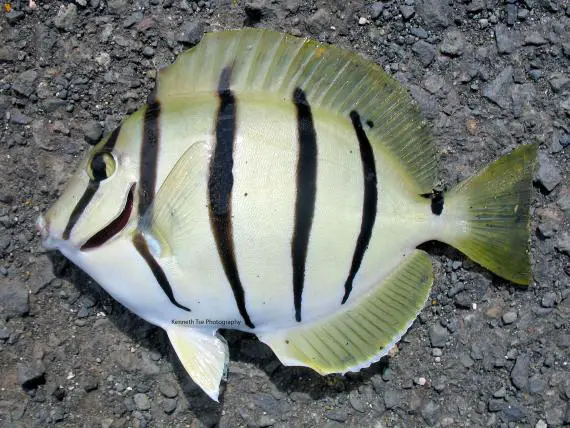
Convict Tangs have a very simple design. It may not be the most colorful, but they are still very attractive fish.
They have a white body with black vertical stripes spaced regularly from their head to their caudal fin.
The dorsal fin extends nearly the whole length of the body, but it is short and doesn’t grow far from the body. This fin is tinged with yellow hues.
Once fully mature, a Convict Tang can reach 8 inches. You’ll likely be buying a younger individual at around 6 inches long, so be prepared for it to grow slightly.
Their size can be a little misleading because they need much more space than you might expect for a fish of this size.
Sexing this species comes down to comparing sizes. Males are noticeably smaller than females.
Habitat and Tank Conditions
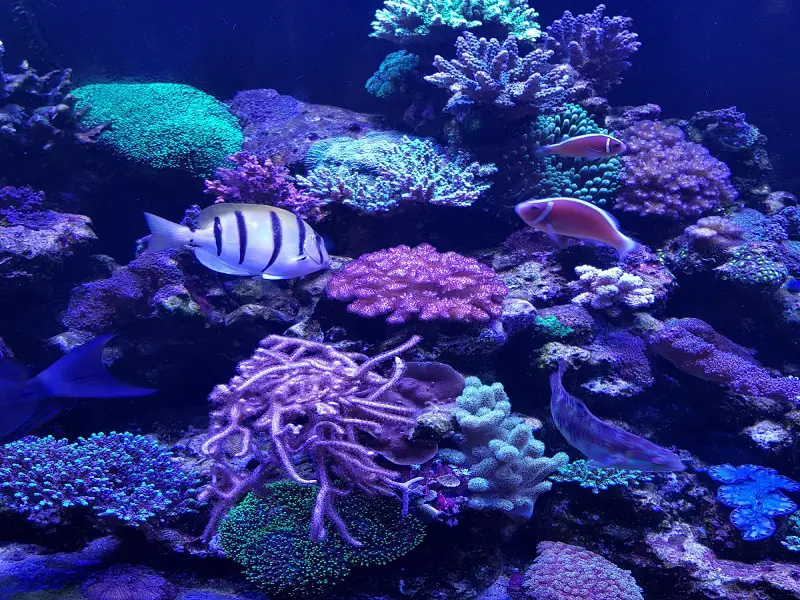
This is a widespread species. Convict Tangs are mostly found in the Indo-Pacific and Eastern Pacific, but they have been reported in the Mediterranean Sea and the Adriatic Sea too.
They live on shallow coral reefs, no deeper than 300 feet, surrounded by lots of other species.
These areas are saltwater; the water would be warm and alkaline. Corals compose most of the material around, but there would also be weeds and algae, the main component of a Convict Tang’s diet.
There would be plenty of light and water movement.
Replicate these habitats at home to keep your Convict Tangs healthy.
Tank Conditions
Convict Tangs can go in a fish only tank or a reef setup. They are reef safe, though they might nibble at stony corals.
The aquarium must be stable, so preferably it would have been established for 6 months first.
Most substrates are suitable, so you can take your pick.
On top of the substrate will either be corals, a reef environment, or live rock. Hiding spaces are very important for shelter.
Decorations provide plenty of surfaces for algae to grow on too.
The temperature should be 72-79°F and the pH should be 8.1-8.4. Specific gravity needs to be between 1.023 and 1.025.
Lighting is important for ensuring that algae grows, but standard lights are fine.
Water movement is important too. Provide an area with a strong linear flow.
What Size Aquarium do they need?
The minimum tank size for a single Convict Tang is 75 gallons. They like to swim all around the tank and need plenty of space to do so.
Keeping multiple Convict Tangs will require an even bigger tank, at least 100 gallons, which lots of hiding spots.
The larger the tank, the less likely aggression will be.
Tank Mates
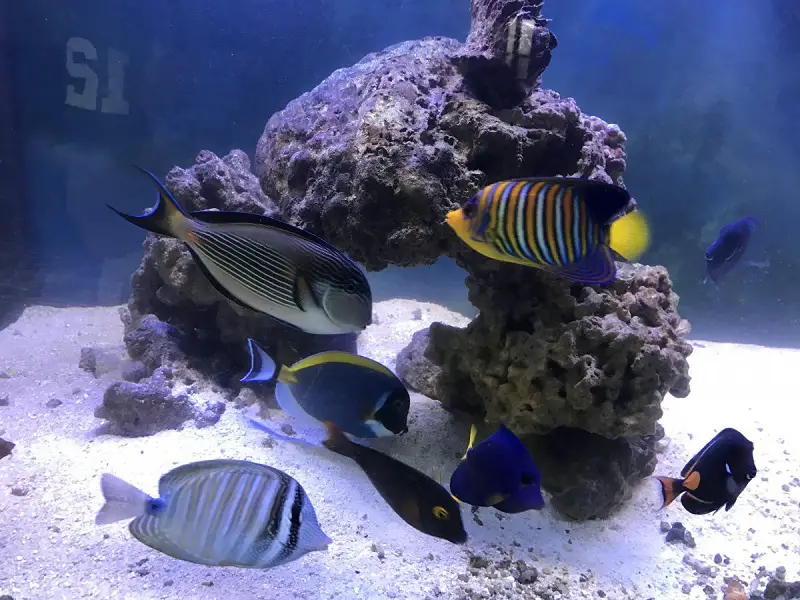
Convict Tangs are considered reef safe, so they could be added to your marine reef tank. They may nip at large stony corals though.
They are generally a peaceful species that gets on well with other peaceful fish.
Problems arise when kept with other sturgeons, or fish that look similar, like butterflyfish or angelfish. Fighting is common among these groups.
Some safe tank mates include Clownfish, Green Chromis, Blennies, Royal Gramma, and Cardinalfish.
Invertebrates should be safe around Convict Tangs; they are largely ignored. This includes corals, as longs as the fish are finding enough to eat elsewhere.
Always check compatibility before purchasing any fish, and add the most aggressive species to the aquarium last, which might be your Convict Tang.
Can You Keep Convict Tang Together?
It is possible to keep Convict Tangs together, but it’s not essential. A group could start displaying aggression towards each other.
A large tank (over 100 gallons) will help to reduce the odds of fighting. Lots of hiding spaces would help too. Introduce all tangs at the same time, otherwise newer fish will be bullied.
Every fish is different, sometimes aggression is unavoidable.
Diet
These fish are omnivores, but their primary sources of food in the wild are weeds and algae. They eat small invertebrates and stony corals at opportune moments or if they can’t find anything else.
In the aquarium, Convict Tangs will eat lots of different foods. They accept dried foods, like flakes and pellets, and frozen foods, which are a bit more nutritious.
You might have to train them to take certain foods, so make sure they are actually eating what you give them.
A varied diet is the best way to supply all the nutrients they need. The protein in meaty foods will help the growth of younger fish.
If you can, give them small amounts three times a day. They will consume algae the rest of the time.
It is essential that you don’t wipe away all the algae from your tank, this is an important source of food.
Care
This is a hardy species once established in the tank. If their environment meets their requirements, they should be a healthy addition to an aquarium.
Some aquarists only feel comfortable with peaceful species. Those looking to branch out may want to consider Convict Tangs since aggression is rare.
Even beginners could try this species if they feel confident after having done some research.
Once the tank is set up, you must keep it clean. Perform regular partial water changes to reduce the buildup of pollutants.
Don’t wipe away all the algae you see, Convict Tangs need this for food. Only intervene if the algae start getting out of control.
Tangs can produce a lot of waste. Larger tanks will help with maintenance and prevent this from becoming a problem.
Diseases are uncommon because this is a tough species, but sturgeons are prone to skin diseases. The most common example is ich, which presents as white spots along the body.
Quarantine the affected fish before treating.
Breeding
Breeding is very difficult in captivity. It requires an extremely large tank; one that people don’t have in their homes.
Even with the right tank, getting them to spawn is a struggle, and to make things even harder, the young are very difficult to rear.
If you want a breeding tank, this isn’t the species for you.
Is Convict Tang Suitable for Your Aquarium?
Some fishkeeping experience will be useful when caring for Convict Tangs, but with some thorough research, confident beginners should be successful too.
Generally, problems are rare. This is a hardy species that keeps to itself most of the time.
You must be prepared for small amounts of aggression, but hopefully, you will have minimized the risk of this in the way you designed your tank.
Convict Tangs are beautiful fish with a lot of personality. They will add activity and interest to your saltwater aquarium.
What is your Convict Tang aquarium like? Let us know about your setup in the comments below…

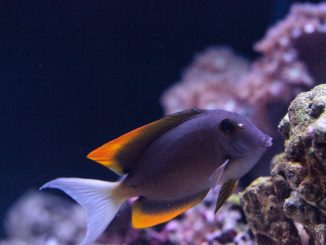
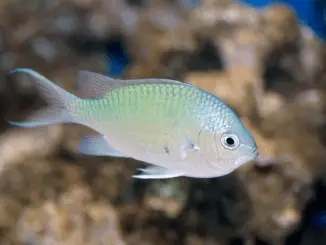
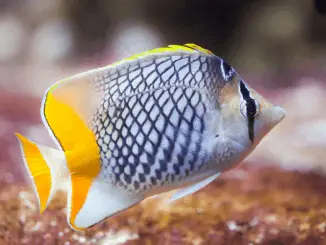
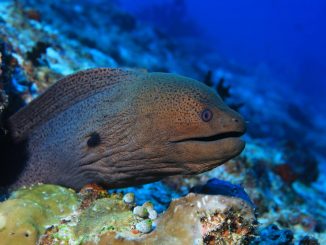
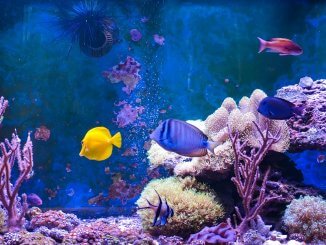
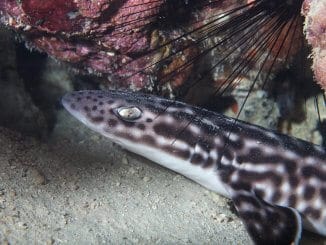
Be the first to comment